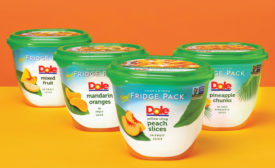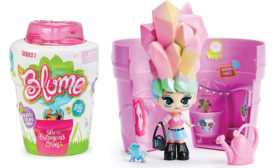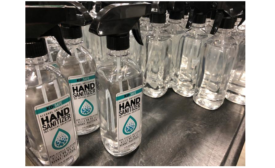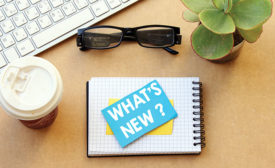Home » packaging trends
Articles Tagged with ''packaging trends''
Market Trends
Due in part to the ongoing pandemic, consumers are choosing shelf-stable and frozen fruits and vegetables over fresh.
Read More
Brand Packaging: Toy Packaging
Keeping an Eye on the Toy Industry’s Blind Box Packaging Trend
August 10, 2020
Spotlight Feature
2020 Top 100 Food and Beverage Packaging Companies
Recent trends in the Food and Beverage sector have come out of the coronavirus pandemic.
August 4, 2020
Brand Packaging: Business Development
Expanding Your Business Through New Product Development
July 11, 2020
Keep the info flowing with our eNewsletters!
Get the latest industry updates tailored your way.
JOIN TODAY!Copyright ©2025. All Rights Reserved BNP Media.
Design, CMS, Hosting & Web Development :: ePublishing











